
Sandia National Laboratories, an ARCUS Member Institution since the early 1990s, develops science and technology-based solutions to national and global security problems. Sandia is a government-owned/contractor operated (GOCO) facility managed by Lockheed Martin, a Fortune 500 company, for the U.S. Department of Energy. The GOCO partnership allows each partner to focus on its strengths: the government establishes mission areas, and the private sector implements the missions using best business practices.
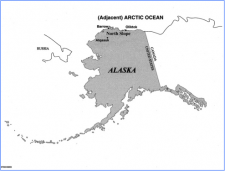
Sandia's mission is to meet national needs in five key areas, one of which is "Energy, Climate, and Infrastructure Security." Researchers working on the Climate Security program strive to understand and prepare the nation for the national security implications of climate change. The program focuses on four specific areas: sensing and monitoring, modeling and analysis, carbon management, and water. Much of the sensing and monitoring component focuses on the Arctic, via the Atmospheric Radiation Monitoring (ARM) Climate Research Facility.
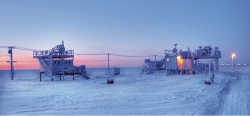
The ARM Climate Research Facility
As the Department of Energy's largest global climate change research effort, the ARM Program was initiated in 1989 to address the most significant uncertainties in atmospheric climate models. To this end, ARM established Cloud and Radiation Testbed (CART) sites in various places around the world to gain a better global understanding of clouds and their impact on atmospheric radiative energy transfer. Sandia National Laboratories agreed to take on the implementation and management of a cold region CART site, developing facilities on the North Slope of Alaska to provide data about cloud and radiative processes at high latitudes.
Past and Current Projects
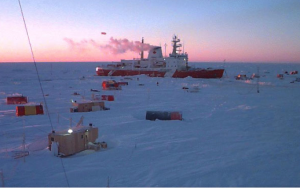
The North Slope of Alaska (NSA) ARM site at Barrow has been the base for many research efforts including the Surface Heat Budget of the Arctic (SHEBA) project, in which an icebreaker was intentionally embedded in a large ice floe and drifted with the pack ice; and the Mixed-Phase Arctic Cloud Experiment (M-PACE), which used an instrumented tethered balloon as well as instrumented aircraft to acquire data from arctic clouds.
Upcoming projects include an extended field campaign at Oliktok Point, where the Federal Aviation Administration (FAA) has granted Restricted Airspace status, allowing for deployment of tethered balloons, use of unmanned aircraft, and instrument package drops from aircraft. Oliktok Point is the location of a U.S. Air Force (USAF) Long Range Radar Station. In the past, the USAF has granted Sandia, via the Department of Energy, a permit to use selected facilities helping to eliminate redundancy in research infrastructure.
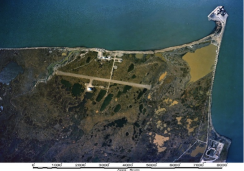
Future Plans
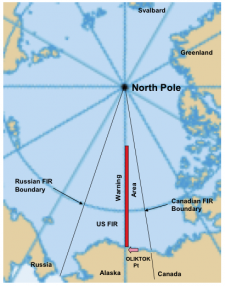
Oliktok Point is also an attractive potential base for similar operations conducted over and on the arctic sea ice. Looking towards the future, the U.S. Department of Energy has a request pending with the FAA to use a strip of airspace offshore of Oliktok Point. One possibility under discussion is designation of this airspace as a Warning Area, which would allow activity (such as research) that may be hazardous to nonparticipating aircraft. This designation could help obtain answers to one of the most pressing climate change questions researchers face—why the arctic sea ice is melting so much faster than current models predict.
Further information on the ARM Facility, including data access and details on how researchers can use the ARM facilities, is available on the ARM website: http://www.arm.gov/.
